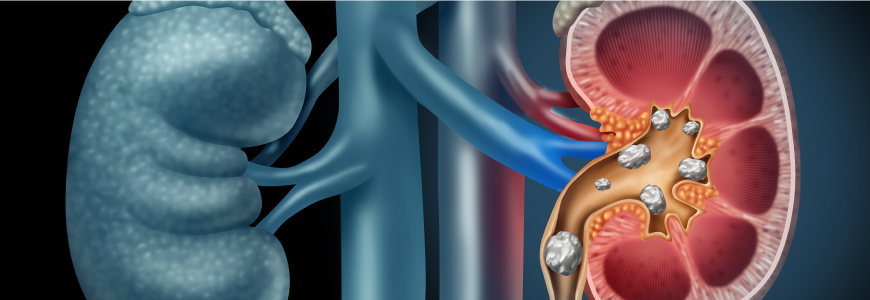To refer a patient, log in to Duke Medlink or call 919-684-2446.
More specialists at Duke urology locations in the Triangle are now offering new techniques for complex kidney stone problems, according to Michael E. Lipkin, MD, urologist and Vice Chair for the Department of Urology at Duke.
Already a leader in treating patients with large stones or complicated medical histories, Duke has made it easier for patients to access care. Lipkin says that patients with either simple or complex stone cases can quickly get an initial appointment thanks to the adoption of video consultations. “A video visit is great for an initial encounter. There may be no need for a physical exam if we can get the patient’s imaging, which we can often get electronically through Powershare,” he says.
“If a patient is in pain and is interested in surgery, an advanced practice provider can evaluate the patient and schedule the surgery. That order then gets routed to a surgeon who reviews the record to make sure the procedure is medically appropriate. This process has greatly expedited patients’ ability to get into the OR because they don’t need another clinic visit,” Lipkin says.
There are more surgical slots available because Duke has added several surgeons in the past several years. Martus Gn, MD, does a high volume of stones at Duke Urology of Raleigh, in addition to the full continuum of care offered at the location.
For those with more complex cases, the Duke Urology Clinic in Durham has welcomed surgeons, Robert Medairos, MD, and Ro Tejwani, MD, who are specialty-trained in some of the latest technologies.
New technology leads to innovative techniques
“Probably the most significant new technology we offer is suction-assisted ureteroscopic stone evacuation,” Lipkin says. It allows the removal of larger stones by passing a ureteroscope into the kidney for standard laser lithotripsy, with added suction removing the debris instead of leaving it to pass through the kidney on its own.
“This technology facilitates our ability to treat larger stones as an outpatient procedure without making incisions, where previously we would have treated them with percutaneous stone surgery,” says Lipkin. As some patients are precluded from having a percutaneous procedure for medical reasons such as a high risk of bleeding, suction-assisted ureteroscopic stone evacuation is a suitable option.
The program also has access to a new scope that allows the team to measure pressure in the kidney, a novel technology that may be beneficial for patients and something the urology team at Duke is studying.
There is also progress for patients who require percutaneous stone surgeries—Duke is a high-volume center performing 150 to 200 per year. “Two of our surgeons are specializing in the increased use of ultrasound to replace fluoroscopy in locating kidney stones during a procedure to reduce the patient’s radiation exposure,” says Lipkin.
Expanding Outreach
Duke Urology is committed to expanding the complex kidney stone program’s outreach. Should referring clinicians have questions about getting expedited access for a patient—or about developing a process for all their patients—please email Dr. Lipkin at michael.lipkin@duke.edu.
